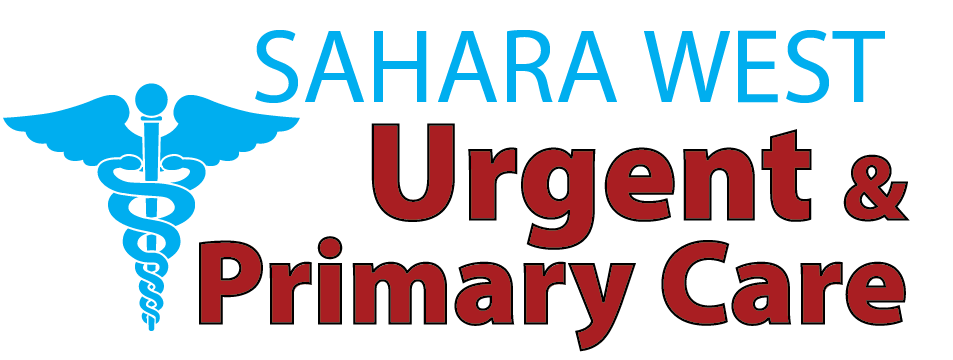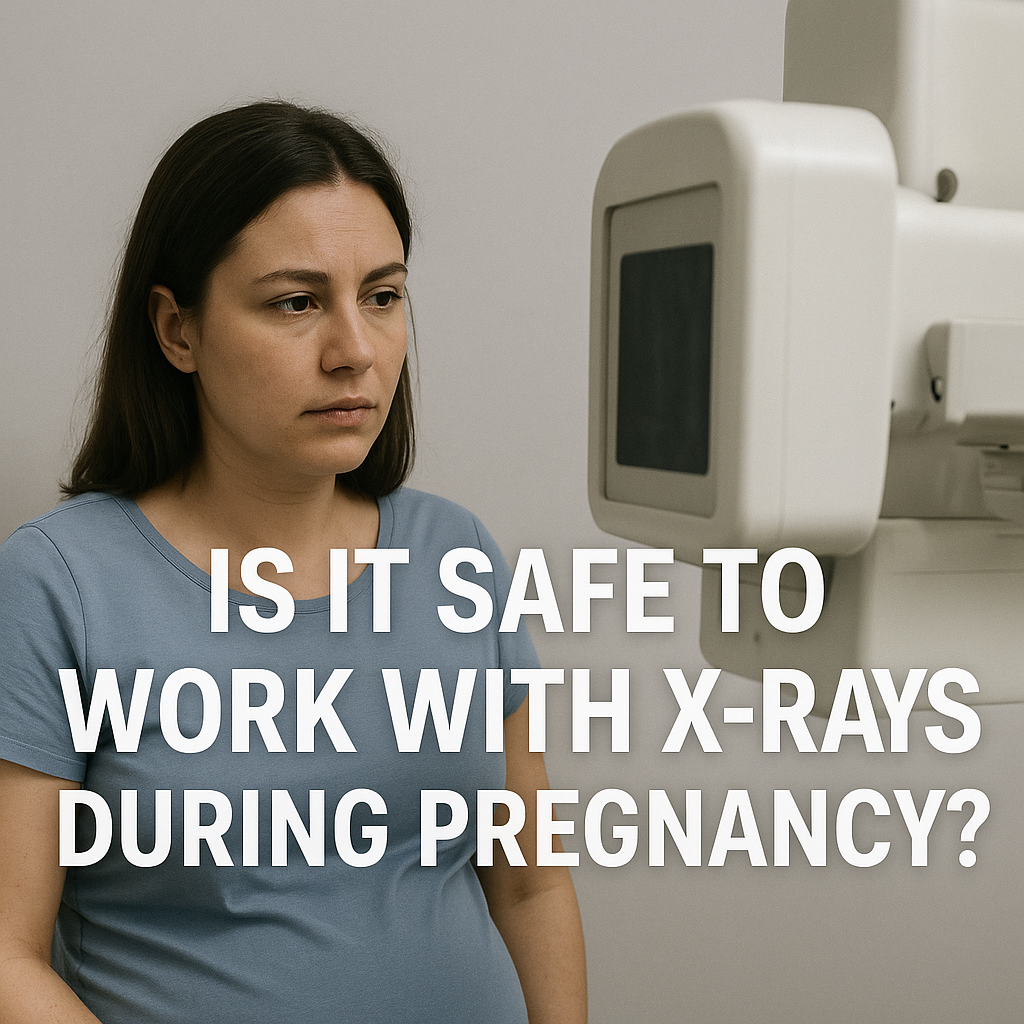Many women in healthcare wonder if they can work with X-ray equipment while pregnant. With the right safety steps, it is usually safe. Understanding radiation, workplace rules, and protective measures is very important.
X-ray technologists help take medical images for diagnosis. But radiation can be a concern for both mother and baby. This guide explains safety tips, rules, and real examples for pregnant staff.
Understanding Radiation
Radiation is measured in millisieverts (mSv). How much you get depends on the type of imaging, safety tools, and time near the machine.
Key points:
- Most imaging uses low radiation.
- Higher exposure increases risk for the baby.
- Lead aprons can block up to 99% of radiation.
- The National Council on Radiation Protection (NCRP) recommends a limit of 0.5 mSv per month after pregnancy is known.
Safety Tips at Work
Hospitals and clinics follow rules to protect pregnant staff.
1. Tell Your Employer
Let your supervisor know as soon as you are pregnant. This helps them:
- Change your duties if needed.
- Provide extra protective equipment.
- Monitor your radiation exposure.
-
Use Lead Protection
Lead aprons and shields are required. Pregnant staff should:
- Wear a 0.5 mm apron for every X-ray.
- Make sure it fits well around the belly.
- Use leaded gloves if your hands are near the beam.
-
Track Radiation
Wear a dosimeter badge at the waist or chest. You may also wear a badge under the apron near your belly to monitor fetal exposure.
-
Limit High-Risk Tasks
Avoid jobs that have more radiation, such as:
- Fluoroscopy
- Interventional imaging
- Portable X-rays in small spaces
If you must do these, stay at a safe distance and use shields.
Common Myths
- Myth: Lead aprons are optional.
Fact: They are required and protect the baby almost completely. - Myth: X-rays always cause birth defects.
Fact: Imaging with proper shielding is usually safe. Only high doses are risky. - Myth: You must quit your job.
Fact: Most staff can continue safely with precautions.
Real-Life Example
Sarah, 28, worked at a Texas hospital. She was pregnant and continued her duties safely:
- She wore a properly fitted lead apron.
- She avoided high-radiation procedures.
- She used a fetal dosimeter.
- Monthly checks kept exposure below 0.5 mSv.
Outcome: Sarah had a healthy baby. Exposure stayed within safe limits.
Safety Table
| Safety Step | Recommendation | Notes |
| Lead Apron | 0.5 mm equivalent | Wear for every X-ray |
| Dosimeter | Waist & belly level | Track exposure |
| High-Risk Tasks | Limit or avoid | Fluoroscopy, interventional imaging |
| Tell Employer | Inform early | Allows duty changes |
| Radiation Limit | ≤0.5 mSv/month | Monitor with dosimeter |
Extra Safety Tips
- Keep distance: Stay 6 feet away from the beam when possible.
- Follow rules: Always follow hospital safety steps.
- Rotate tasks: Share high-exposure jobs with coworkers.
- Ask questions: Talk to the radiation safety officer if unsure.
- Regular checkups: Monitor both your health and the baby’s.
Regulations
Pregnant staff are protected under:
- NCRP guidelines
- OSHA rules
- American College of Radiology recommendations
Hospitals in Texas follow these rules. Following them ensures safety and legal protection.
When Extra Care is Needed
Talk to your doctor if:
- You work with high radiation often.
- You have a high-risk pregnancy.
- You feel unwell at work.
Sometimes, doctors may suggest temporary work away from radiation, such as charting or office tasks.
Emotional Support
Pregnancy at work can be stressful. Staff often worry about the baby’s health. Employers can help by:
- Offering counseling.
- Adjusting schedules.
- Explaining safety steps clearly.
Good communication reduces stress and increases confidence.
Conclusion
Working with X-rays Las Vegas while pregnant can be safe if precautions are followed. Lead aprons, exposure monitoring, limiting risky tasks, and following rules reduce dangers.
Pregnant staff should:
- Notify supervisors early.
- Use all protective equipment.
- Track radiation carefully.
- Avoid high-risk tasks when possible.
- Consult doctors and safety officers.
With awareness and planning, most technologists work safely and deliver healthy babies. Proper safety and rules make it possible to balance work and pregnancy. To schedule your appointment with the highest standard of care, visit Sahara West Urgent Care on our website, where you can also explore more informative blogs





